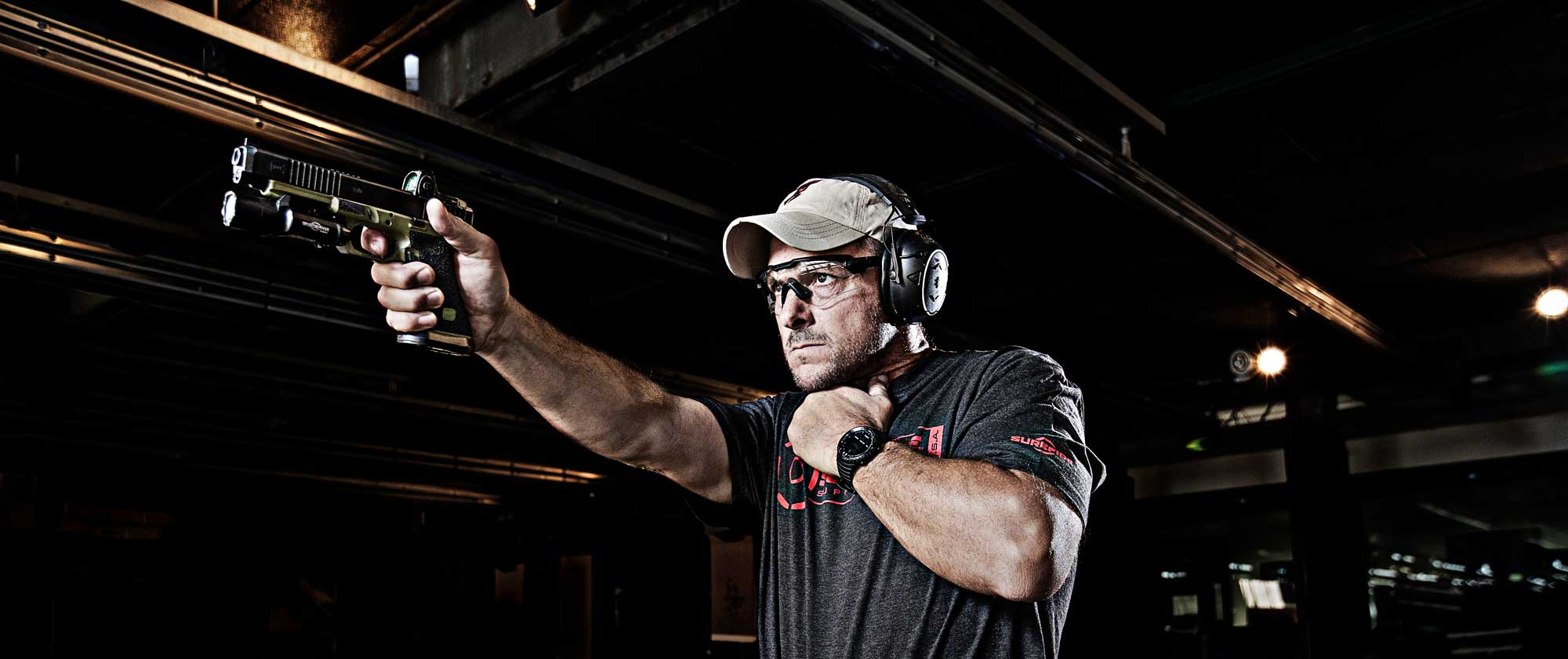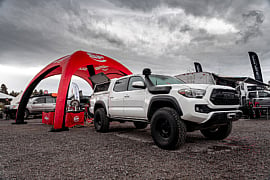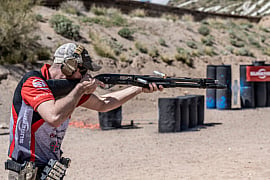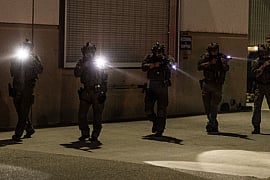This tactical drill is detailed in a SureFire Field Notes video for those who want to go take a look at it.
On its face, the drill is pretty simple: Three rounds loaded into the rifle, a rifle reload magazine with three rounds, a pistol loaded with three rounds and a pistol reload magazine loaded with three rounds. Using a shot timer, on the beep fire three from the rifle, speed reload the rifle, then fire three more. Transition to the pistol and fire three rounds, speed reload the pistol and fire three more, 12 rounds total.
The objective of the drill is to work your lights, turn them on when shooting and make sure they’re off when loading. Easy enough, but here is the history of the drill: Dudes on my SWAT team work hard on being good with the guns. Their reloads are really fast and, based on training repetitions, they’re also very consistent. Good enough, in fact, that they were not extinguishing lights when conducting reloads. The problem with this is that they are illuminated with an empty gun.
We set out to determine if there was a reduction in reload speed time by killing the lights. If the light switch added a tremendous amount of time when compared to the negligible amount of time it took to reload, perhaps we were just kicking cans for the hell of it. We started to force the light management during all administrative functions with the weapons, reloads and stoppages.
What we found was that lack of WeaponLight management was more because we had been lazy — it did not add any time. The reason is that time exists, regardless, between the last round fired and when the weapon is ready to fire again. During that time, it is easy to deactivate the lights with whatever switching is being used, tail-cap to pressure pad. With data from the shot timer we were able to prove there was no detriment. There is, however, a very real tactical detriment to keeping the light on in the middle of a gunfight with a gun that is not loaded, especially if your super-speedy reload fails at any given time. We all goof them up once in a while, and it’s during that goof up that it becomes vitally important to not be holding a beacon to your position.
If you agree with the light management theory, then it’s easy to achieve with practice. But a word of caution: There is a lot going on with fingers and switches and triggers. Don’t think you can match speed the first time you try it. Take it slow and work the rifle piece first, then the pistol piece, and finally put it all together. At no time are you allowed to ND during this drill, so do not set yourself up to fail.
One of my favorite quotes is, “Be good to be safe.” This is one of those times where effort at being good with light management will keep you safe.
SureFire does not subscribe to or recommend any Techniques, Tactics & Procedures discussed by instructors referenced. SureFire is a manufacturer of the finest tactical products on the planet, and leaves it to the professionals to decide how best to implement them.




